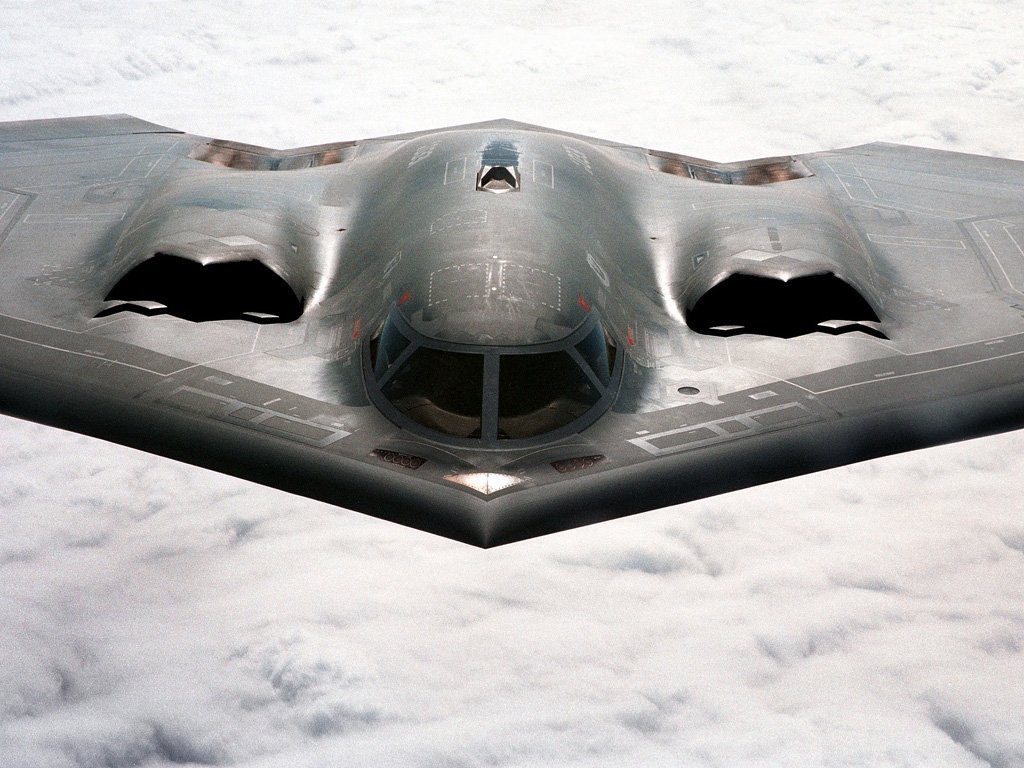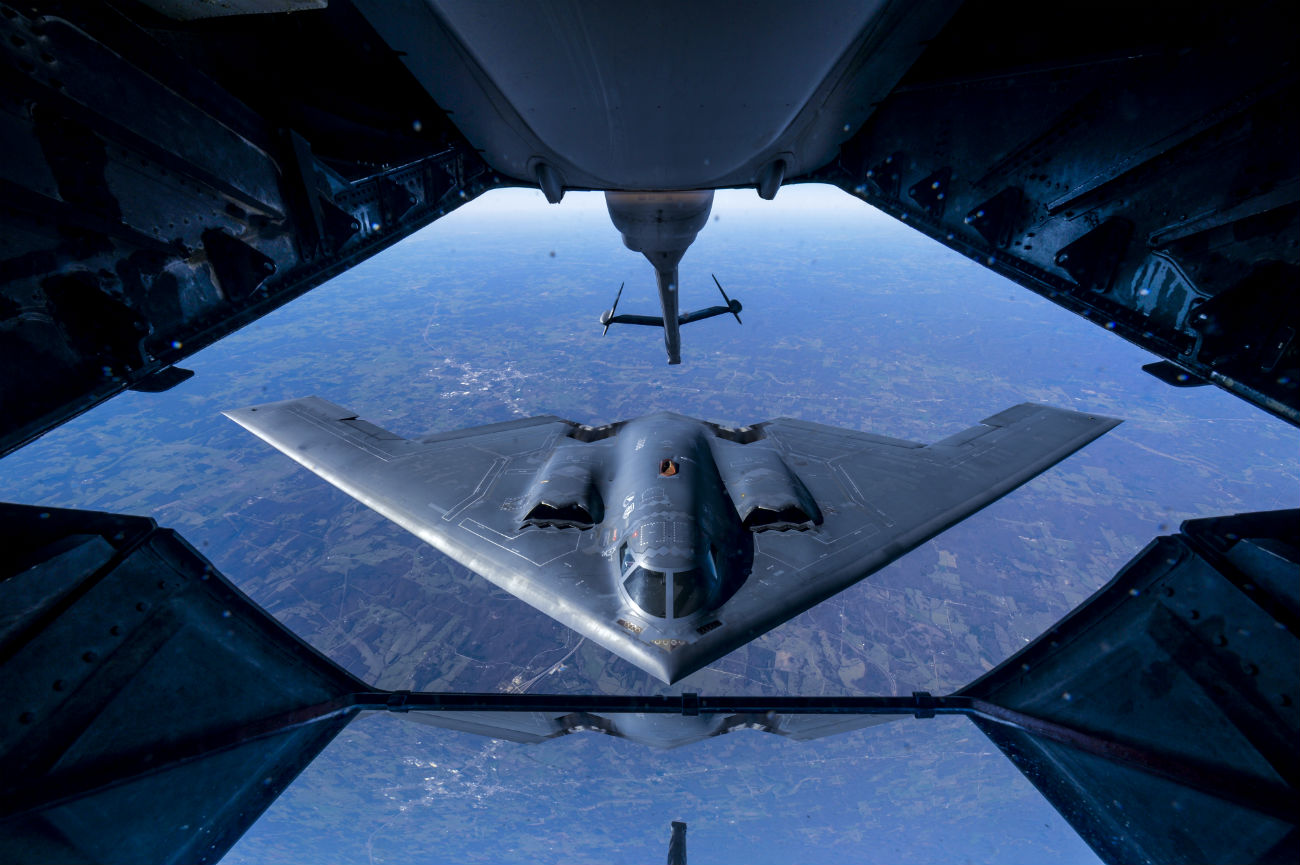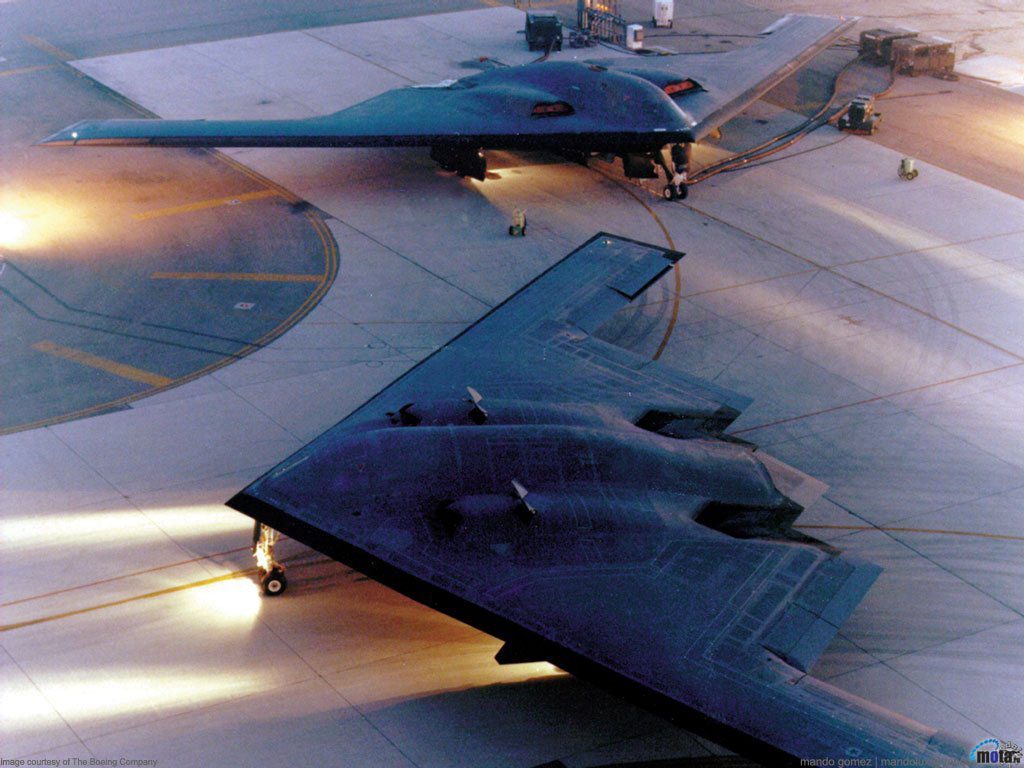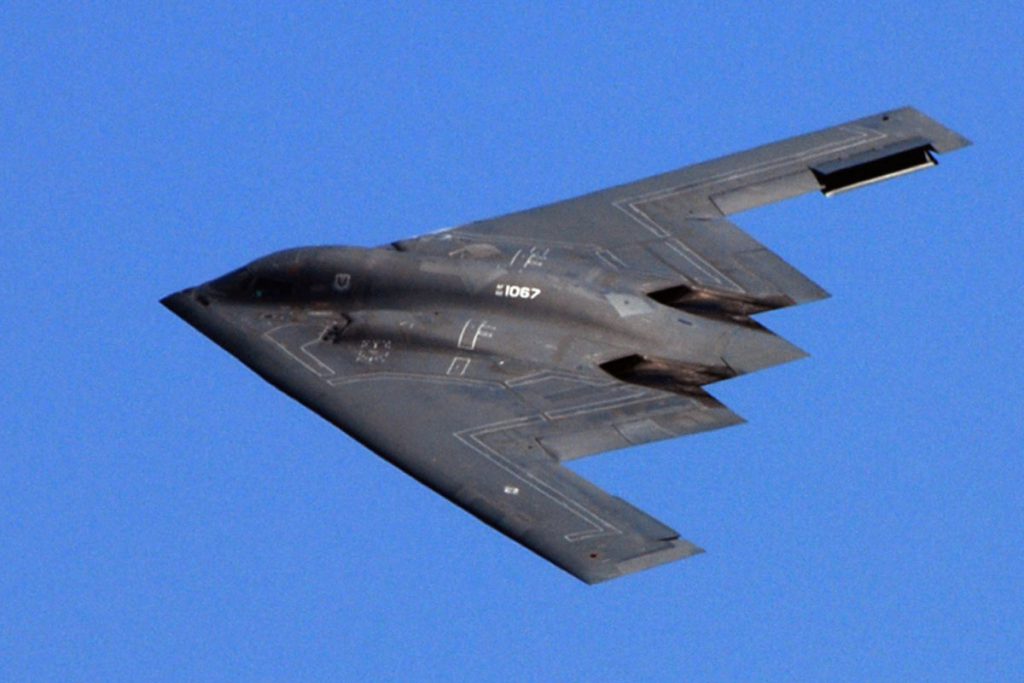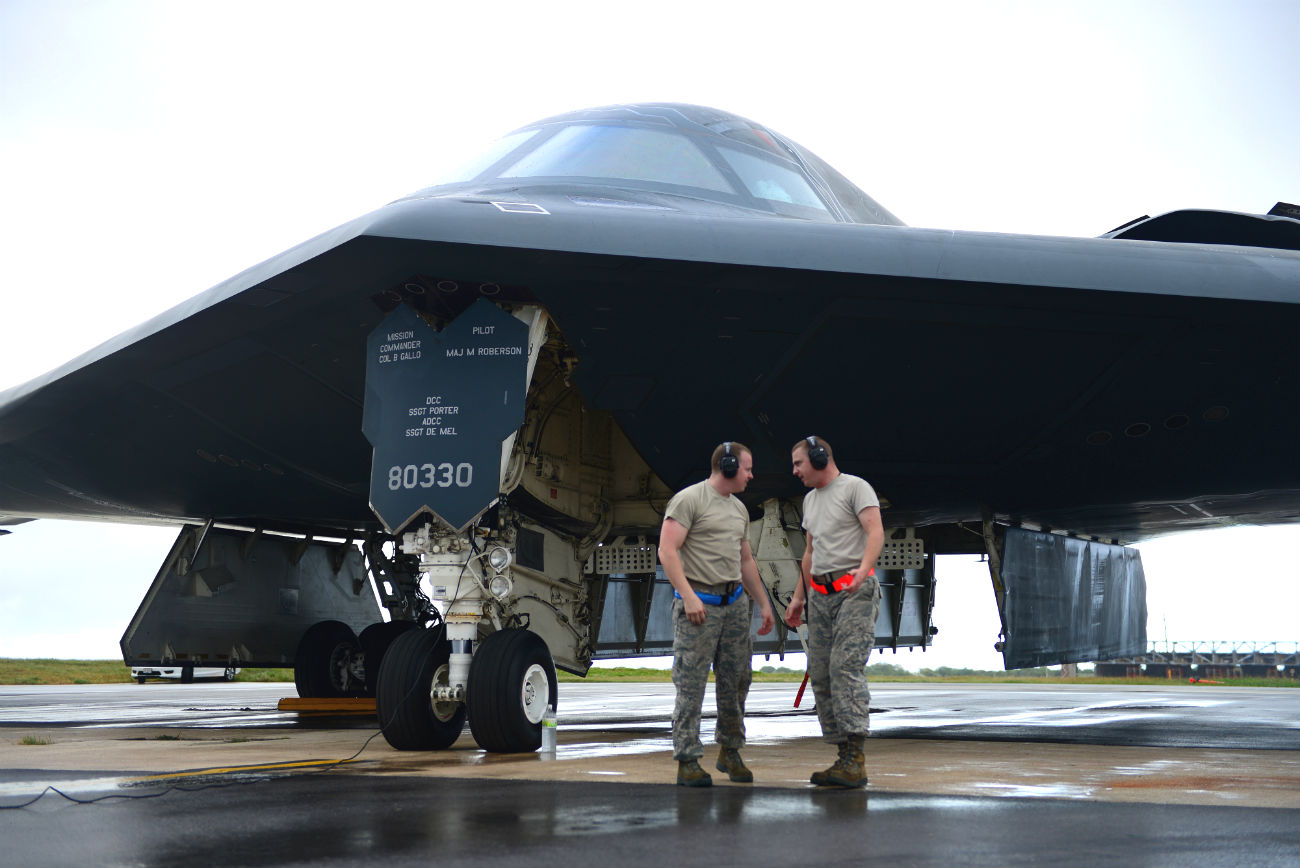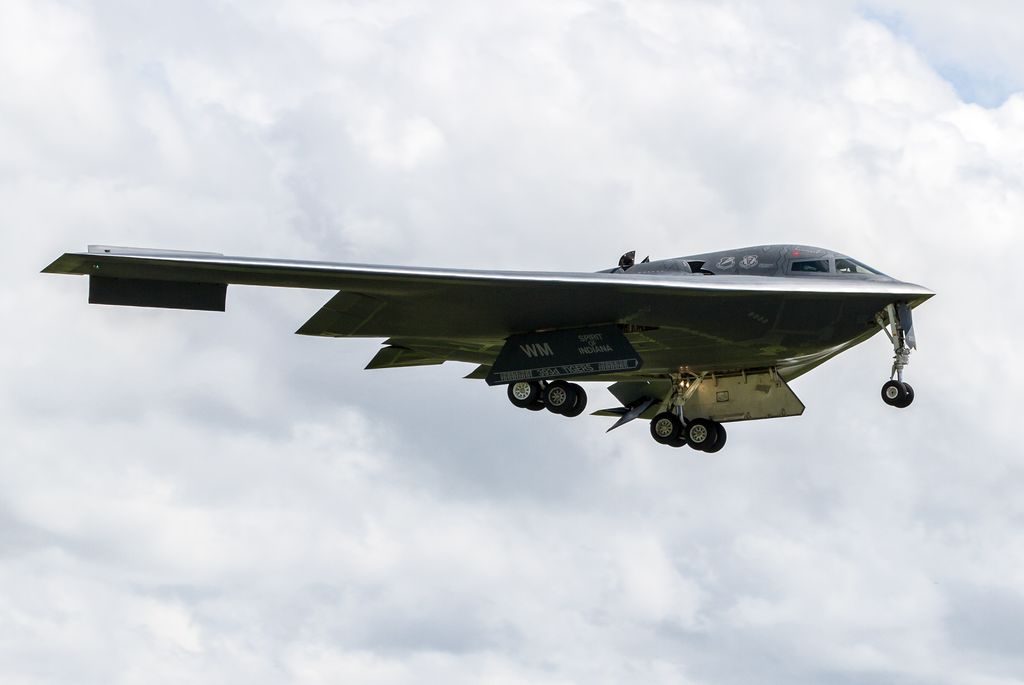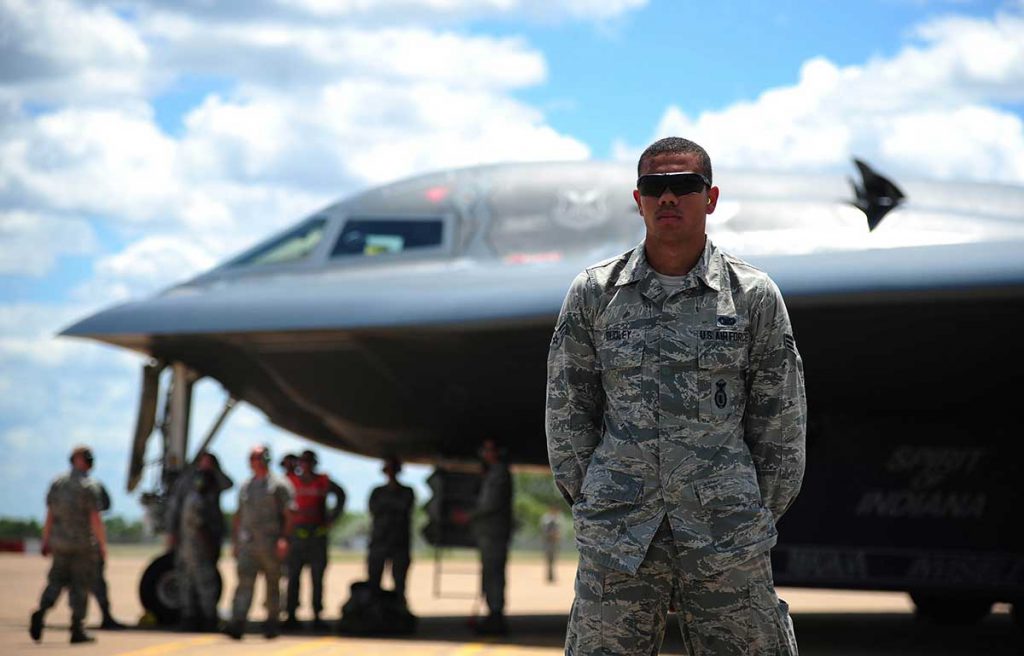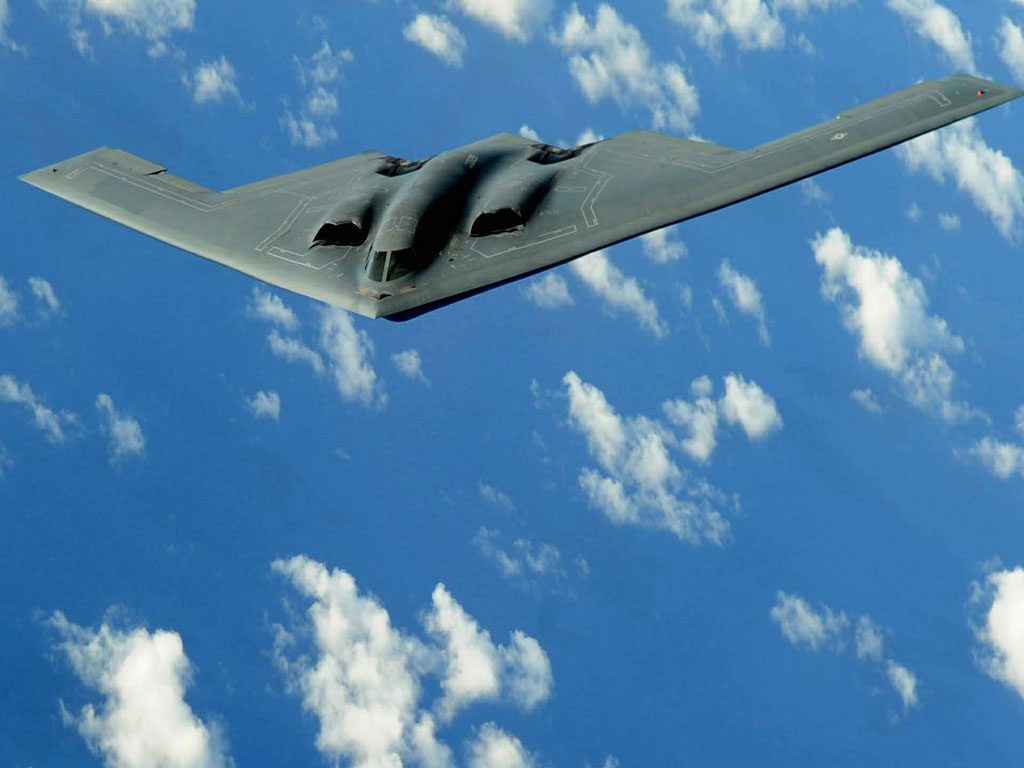Stealth is an ancient strategy, dating to humans’ earliest use of vegetation as camouflage in battle and while hunting prey. However, it took until the early 1960s for stealth technology to accelerate, when Lockheed Martin developed design techniques for radar cross-section (RCS) reduction and radar-absorbent materials for military aircraft.
Since then, stealth technology has expanded exponentially, culminating in the unprecedented capabilities of the F-35 Joint Strike Fighter. With an easily maintainable 5th generation stealth design, advanced situational awareness and highly integrated mission systems, the F-35 Lightning II is highly survivable and lethal as deployed in today’s advanced air defense threat environments.
The F-35 will soon perform ground attack, aerial reconnaissance and air defense missions for U.S. and allied military forces, and officially joined a Marine Corps squadron in July. With advanced stealth and sensors, it can detect enemy craft long before being spotted first. Its external shape, internal carriage of weapons and fuel and embedded sensors are all designed for maximum stealth performance.
This plane is designed for total mission success, with the most survivable yet lethal cockpit environment to date. The F-35 combines unparalleled stealth with 360-degree situational awareness and the ability to conduct attacks electronically, along with sophisticated data capturing and a robust communication suite.
Paul Poitras, director of survivability at Lockheed Martin’s Skunk Works® division, expects tighter integration with airframe and mission systems designs to balance stealth “with other aircraft systems and performance attributes, making the whole greater than the sum of the parts.”
“The next steps in stealth advancement will include a focus on cost-effective, higher-performing and reduced maintenance technologies,” said Harold Carter, a senior research science manager at Skunk Works. “Early consideration of maintenance into aircraft designs and improved maintenance practices will continue to lower ownership costs.”
Yet, what of that inevitable boom after this supersonic jet breaks the sound barrier? “By the time the enemy can hear you, it’s too late for them to react,” Poitras said. “Sound energy will never arrive sooner than radar energy from the same source, and is not useful to announce the approach of a modern fighter aircraft.”
Indeed, stealth does not provide the jet with full invisibility, but allows it to elude or greatly complicate an enemy’s ability to find and destroy the jet.
“The plane’s shape is designed to deflect radar energy away from the source like a slanted mirror,” Poitras said. “Its surface is also blended and smoothed to enable radar energy to smoothly flow across it—similar to water flowing across a smooth surface.”
Other aircraft features that are difficult to re-shape or treat with radar-absorbing materials, such as the engine compressor face, are hidden from direct view by the threat radars. The plane’s conventional probes and vanes are housed internally to promote stealth.
Media, government and military experts have called this single-engine jet, which weighs as much as 35 tons with a full load of fuel, the future of the American fighter. In U.S. military aviation, stealth technology is continuing to evolve beyond the F-35, and will be integrated at the earliest stages of developing aircraft systems.
“Knowledge gained during the design, manufacture, operation and sustainment of the F-35 has created a foundation for the development of broader stealth performance capabilities that will continue to evolve with the threats,” Carter said.
For generations, policymakers have predicted the demise of the manned fighter jet, surmising technological advances would soon eclipse the need for a human operator. Back in 1957, Britain reorganized its defense ministry and canceled aircraft development—assuming the next war would be fought with missiles alone, making manned military aircraft obsolete.
Yet more than a half-century later, the fighter pilot remains an essential player in the war theater, even in wildly sophisticated aircraft like the F-35 Lightning II. With the jet’s advanced sensor and stealth technologies, today’s pilots can be even more precise, accurate and lethal.
A major difference in the cockpit of the F-35—a 5th generation fighter jet—is its advanced situational awareness, which provides the pilot with comprehensive data, including enemy position and locational information. With more real-time data than ever before, pilots can locate their targets and know which radar blips are the ‘good guys.’ In older aircraft, any gap in situational awareness was deadly.
Billie Flynn, a senior experimental test pilot with Lockheed Martin who has flown 80 different types of aircraft, said previous generation fighter pilots—popularized by Hollywood’s Maverick and Ice Man of “Top Gun”—“spent their dogfighting time trying to evade the adversary. In my world, that doesn’t happen anymore.”
Before pilots had access to a usable data link, which allows ships and aircraft to share sensor and other data, information about the pilot’s surroundings and other aircraft or ships was ‘talked out’ on the radio or in coded shorthand. The pilot had to build a mental picture of what was going on.
Today, “a variety of sensors allow us to see everything around us with great precision,” Flynn said. “The plane’s computer system synthesizes and prioritizes the information and tells me who the good and bad guys are. That makes my workload less than was ever was the case in any generation of fighter before.”
Many of the F-35’s revolutionary capabilities are embodied in its helmet, which has changed the pilot’s job description. All the information pilots need to complete their missions—airspeed, heading, altitude, targeting information and warnings—is projected on the helmet’s visor, rather than on a traditional heads-up display in the cockpit. “I am never overwhelmed by data,” Flynn said.
With multiple sensors embedded in the plane through its Distributed Aperture System (DAS), F-35 pilots have a 360-degree view of the outside on their visors—up, down and all around. “The pilot sees everything that’s of concern to him on the ground and to the horizon, even to the point where he can look between his legs, underneath the airplane, and see all the way to the ground,” Flynn said.
In April, a cybersecurity expert claimed he hacked into a commercial airline’s Internet system, while the Government Accountability Office noted security issues with airline passenger WiFi networks. In February, more than 100 banks in 30 countries had approximately $1 billion stolen as an international hacking syndicate snuck through security systems.
Our digital—and in many cases, our actual—lives are at risk every time we enter our personal information into a system. There’s a very real need for improved network security.
In this environment, U.S. military cybersecurity capabilities hold promise for improving networks in the private sector. For example, the F-35 Lightning II, a fighter jet powered by its own complex supercomputer, has a particularly robust system of cyber-protection to stay ahead of potential attacks—in the air, on the ground and at sea.






